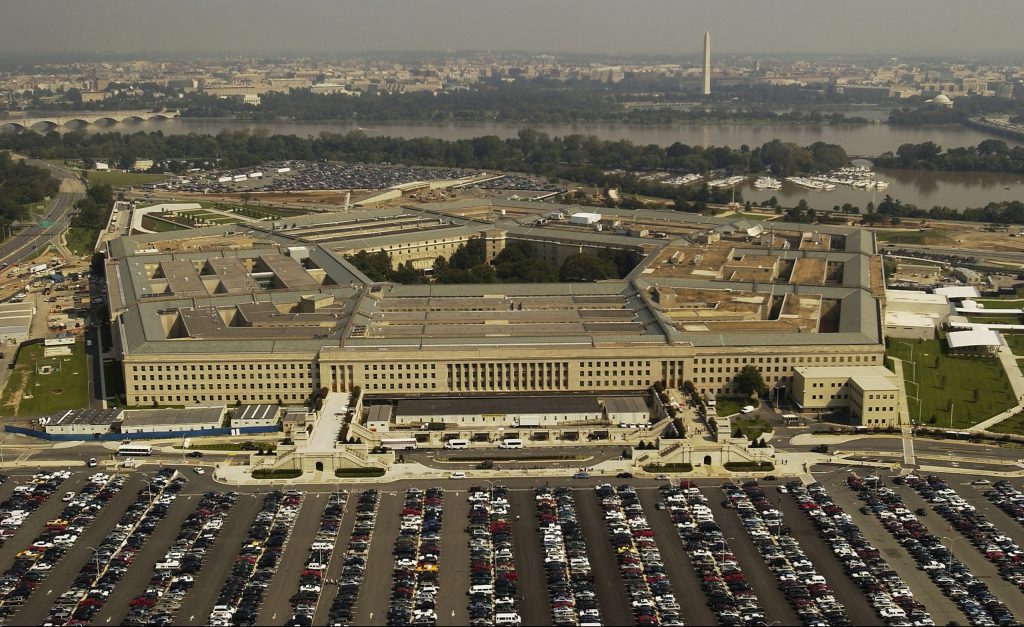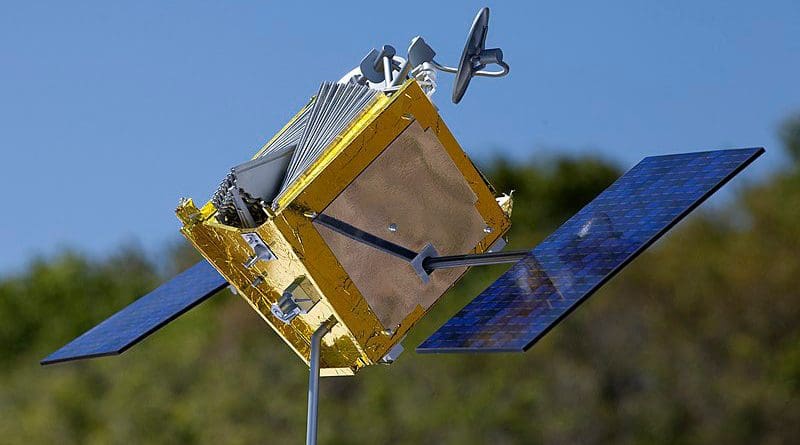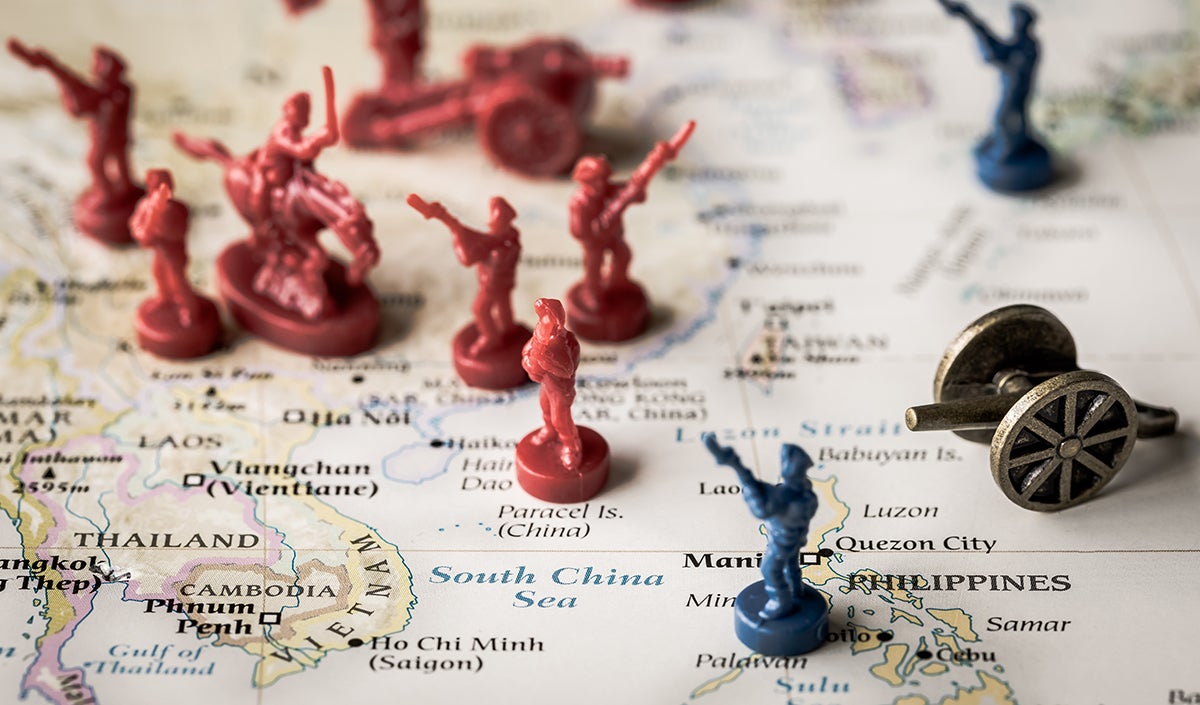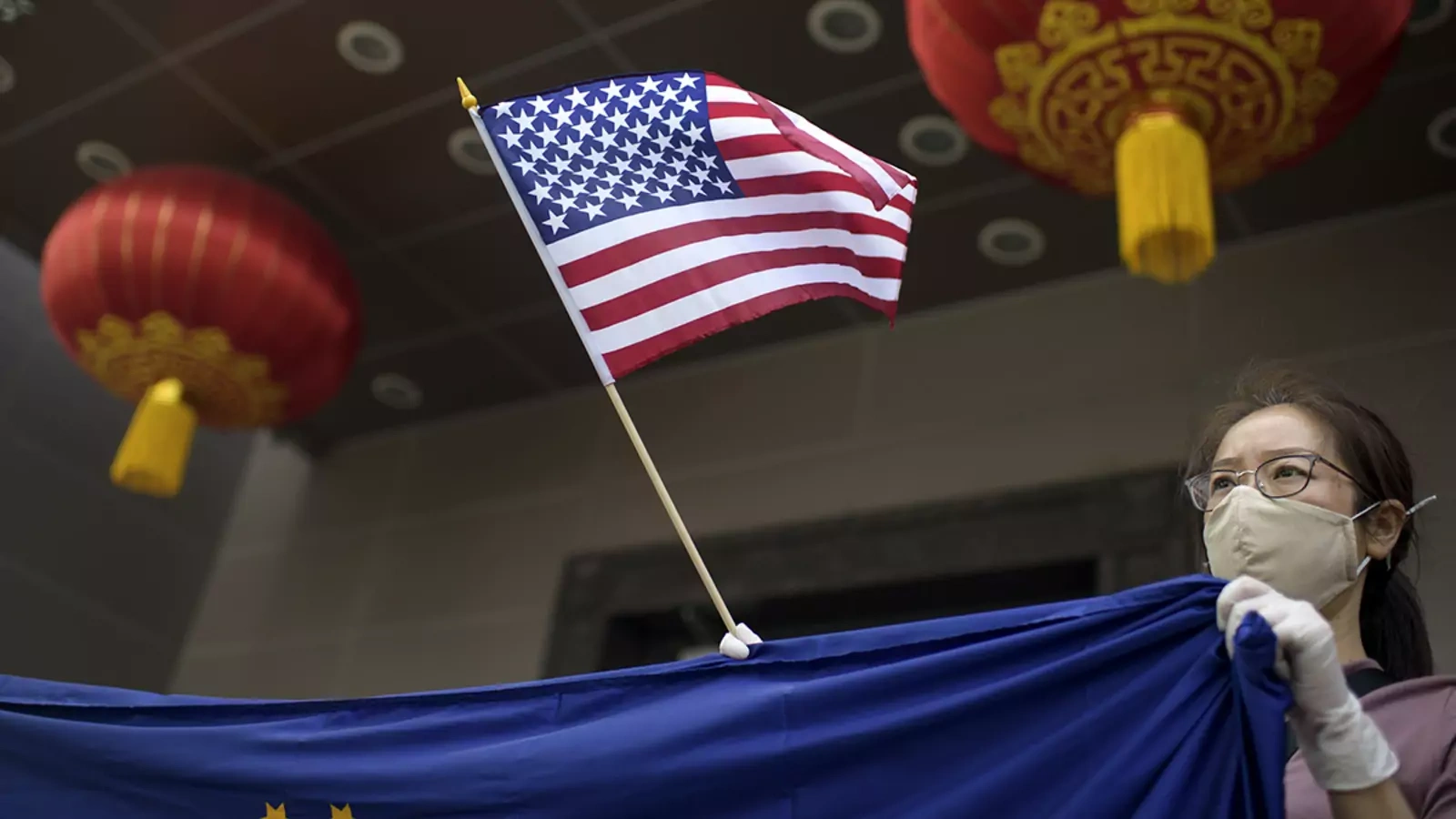Report by Trey Herr, Reed Porada, Simon Handler, Orton Huang, Stewart Scott, Robert Lychev, and Jeremy Mineweaser

Defense organizations, by nature, confront unanticipated and highly impactful disruptions, but must continue to operate using complex mission systems. They must adapt these systems to withstand surprise and accomplish defined objectives despite disruption and the behavior of adversaries. It is crucial to understand a system as more than hardware or software—it is a combination of people, organizational processes, and technologies. Mission resilience is the ability of a mission system to prevent, respond to, and/or adapt to both anticipated and unanticipated disruptions, optimizing efficacy and long-term value. This means overcoming sophisticated cyberattacks and managing the risk of systemic software vulnerabilities, but it also encompasses changing operating environments, adversary innovation, and unexpected failures. Resilient mission systems should have the capacity to continue mission essential operations while contested, gracefully degrading through disruption rather than collapsing all at once.
Resilience is a key challenge for combat mission systems in the defense community as a result of accumulating technical debt, outdated procurement frameworks, and a recurring failure to prioritize learning over compliance. The result is brittle technology systems and organizations strained to the point of compromising basic mission functions in the face of changing technology and evolving threats.
Resilience is not a novel concept, but it tends to be presented as a technology issue. While technologies provide the most intuitive and concise examples for understanding resilience, people are responsible for selecting a system’s purpose and mission, designing a system’s technologies, and enforcing organizational processes within a system. This report provides actionable strategies and practices to combat mission system program owners who manage complex, software-intensive systems, enabling them to reshape their organizations to perform in a state beyond normal operational boundaries—otherwise known as graceful extensibility.1














